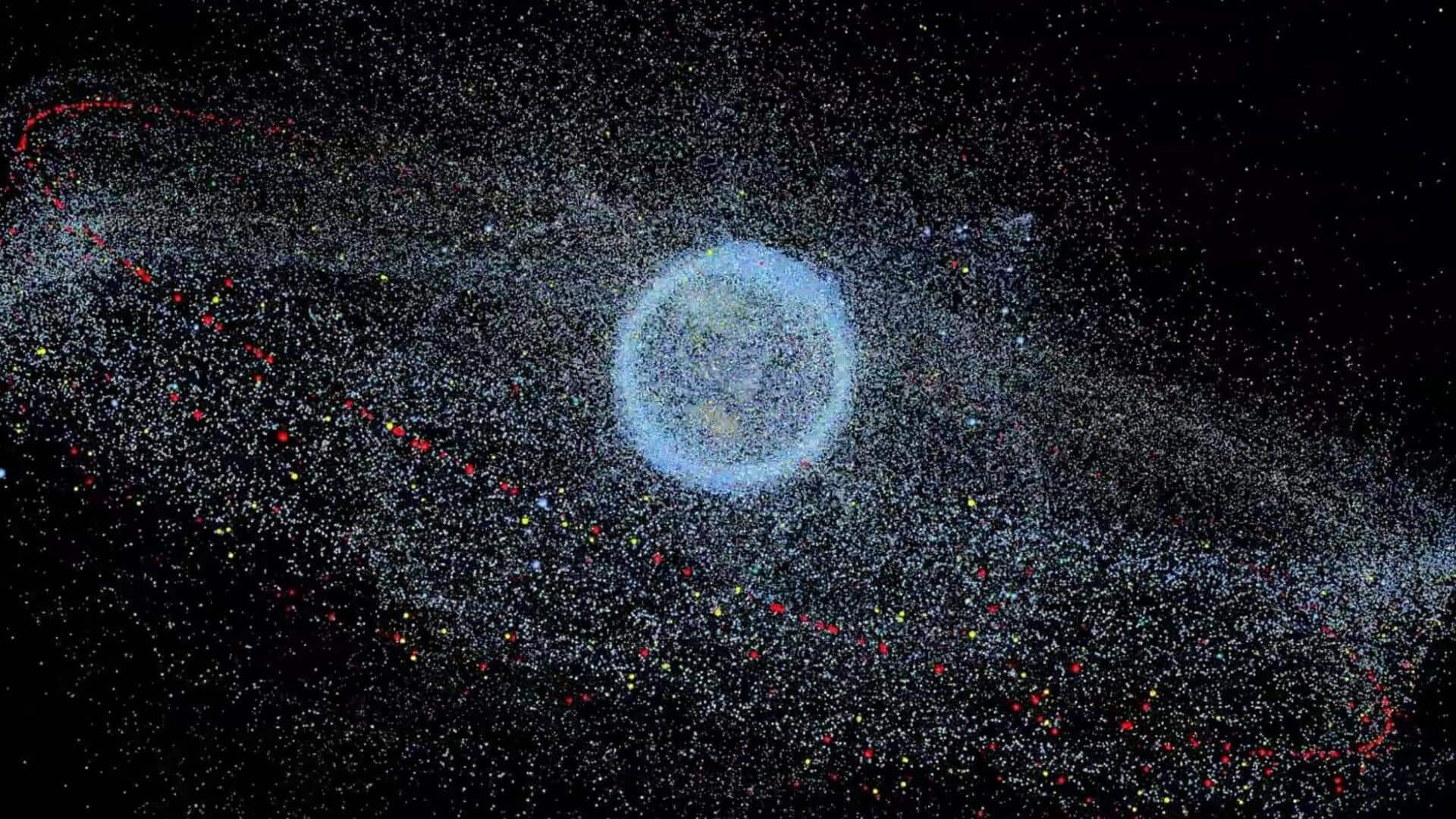
FAA's new rule aims to tackle rising space junk concerns
What's the story
The Federal Aviation Administration (FAA) in the US has proposed a rule aimed at reducing the time that the private rockets' upper stages remain in orbit. The regulation would provide commercial launch operators with five disposal options for their rocket's upper stages, which deploy payloads into space. The proposed rule aims "to limit the growth of new orbital debris and reduce the potential for collisions with spacecraft and satellites to promote a sustainable space environment," per the agency.
Details
'Over 100 million objects larger than 1mm present in orbit'
"As of July 2023, the number of orbital objects sized 10cm or greater is estimated to be over 23,000," mentions FAA. "Recent debris projections estimate a total of one-half million objects sized between 1 and 10cm on orbit, and over 100 million objects larger than 1mm." The FAA's proposed rule would also bring the orbital debris mitigation practices for commercial space launches in line with those adopted by the US government for its space missions.
Disposal rules
Companies can choose from 5 disposal options
Under the proposed rule, companies with FAA commercial launch licenses would have five disposal options to choose from. These include: performing a controlled reentry of the rocket's upper stage, moving the upper stage to a less congested orbit (also called graveyard orbit), and sending it on an Earth-escape trajectory further out into space. Retrieving it within five years, and conducting an uncontrolled atmospheric disposal where the rocket component burns up in space, are also included.
Insights
Other space debris mitigation efforts are also underway
FAA's proposed rule will be published in the Federal Register in the coming days, followed by a 90-day public comment period. The agency's proposal is not the only effort to address the risks of space debris. ClearSpace-1, a space debris removal mission, is also underway. It comprises a four-armed claw to collect space junk and send it into Earth's atmosphere for fiery destruction. However, the mission's first target was hit by another piece of space junk, leaving its fate uncertain.